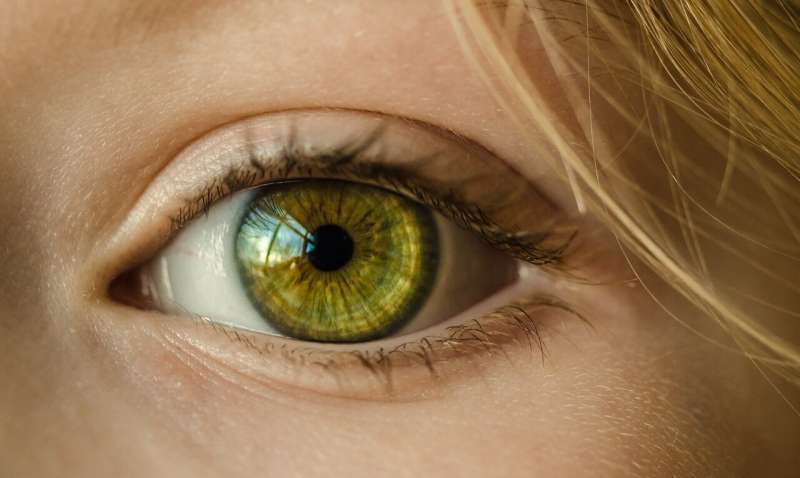AI to bring sharper focus to eye testing

QUT researchers have applied artificial intelligence (AI) deep learning techniques to develop a more accurate and detailed method for analyzing images of the back of the eye to help clinicians better detect and track eye diseases, such as glaucoma and aged-related macular degeneration.
Their findings have been published in Nature Scientific Reports.
Study lead author QUT Senior Research Fellow Dr. David Alonso-Caneiro, from the Faculty of Health, School of Optometry and Vision Science, said the team had explored a range of state-of-the-art deep learning techniques to analyze Optical Coherence Tomography (OCT) images.
OCT is a common instrument used by optometrists and ophthalmologists. It takes cross-sectional images of the eye which show different tissue layers. These images are high-resolution—about 4 microns; much less than, for example, a human hair, which is about 100 microns thick.
Dr. Alonso-Caneiro said using OCT scanning to map and monitor the thickness of the tissue layers in the eye can help clinicians to detect eye diseases.
"In our study we looked for a new method of analyzing the images and extracting two main tissue layers at the back of the eye, the retina and choroid, with special interest in the choroid," he said.
"The choroid is the area between the retina and the sclera, and it contains the major blood vessels that provide nutrients and oxygen to the eye.
"The standard imaging processing techniques used with OCT define and analyze the retinal tissue layers well, but very few clinical OCT instruments have software that analyzes the choroidal tissue.
"So we trained a deep learning network to learn the key features of the images and to accurately and automatically define the boundaries of the choroid and the retina."
The team collected OCT chorio-retinal eye scans from an 18-month longitudinal study of 101 children with good vision and healthy eyes, and used these images to train the program to detect patterns and define the choroid boundaries.
They then compared what they developed with standard image analysis methods and found their program to be reliable and more accurate.
"Being able to analyze OCT images has improved our understanding of eye tissue changes associated with normal eye development, aging, refractive errors and eye disease," Dr. Alonso-Caneiro said.
"Having more reliable information from these images of the choroid, which our program provides, is important clinically and also for advancing our understanding of the eye through research.
"We feel our methods could provide a way to better map and monitor changes in choroid tissue, and potentially diagnose eye diseases earlier."
Dr. Alonso-Caneiro said the new program had been shared with eye researchers in Australia and overseas, and it was hoped that makers of commercial OCT instruments may be interested in applying it.
The team also wants to do further research to test the program on images from older populations and people with diagnosed disease.
More information: Jason Kugelman et al. Automatic choroidal segmentation in OCT images using supervised deep learning methods, Scientific Reports (2019). DOI: 10.1038/s41598-019-49816-4



















